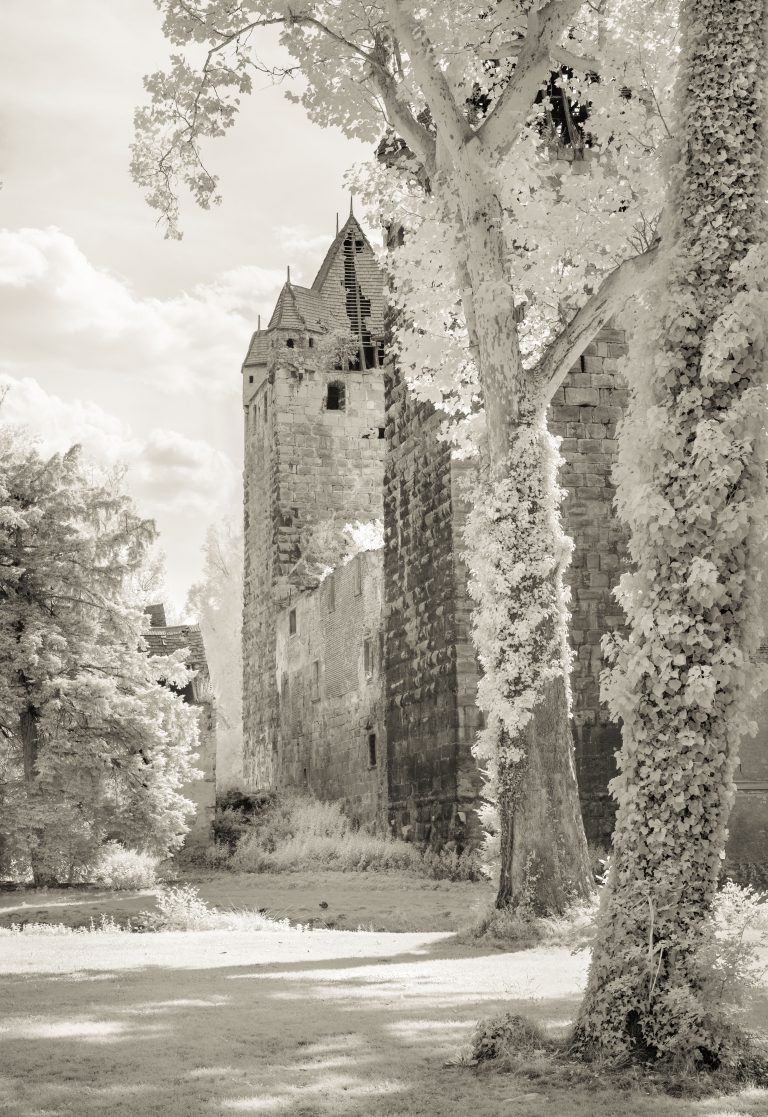
From my early childhood I was fascinated by the magic of photography. I just could not understand how it was possible that this little black box captured the light and kept in on film for eternity.
Much later with the knowledge of the underlying chemistry and physics I devoted myself to the medium of photography. At first I used the camera to conserve experiences and vistas while traveling, but soon I became aware that photography could do much more than that. With photography I was able to record my emotions and communicate them to the people around me.
In 1992 a book by the master photographer Ansel Adams ignited my passion for landscape photography.
My grandfather was a semi professional photographer and when he died (I was only six years old at that time) his equipment was silently stored away and almost forgotten. In 1992, when my desire to photograph got more serious, I remembered my grandfather’s cameras and finally found them in an old cabinet. So I switched from my 35mmm Minolta camera to a 6x7cm Mamyia and finally via a Linhof Technika to my beloved Lotus 4×5 large format camera which accompanied me on my travels in the following years.
One can not compare large format photography to 35mm: Large format cameras are just wooden boxes with a lens at one end and a sheet of film at the other. You focus the image on the ground glass using a loupe before you take a bunch of light measurements with your hand held light meter. You calculate the appropriate exposure and hope for the best in the darkroom when you develop the sheets of film manually. A day with more than twenty exposures could be considered a very successful day! And you still had to go back to the darkroom to make some black and white prints on silver gelatin paper in sometimes agonizing work, producing ten times more trash than fine prints.
The negative was never more than the start of a journey leading into uncharted territory
The negative was never more than the start of a journey leading into uncharted territory: I would always change contrast and exposure using complex sequences of dodging and burning before I had an expressive fine print. This allowed me to interpret my negatives in different ways
But the clock kept ticking and as technology progressed it became more and more difficult to buy the necessary darkroom tools and materials. Finally, in 2009 I switched to digital photography. At the moment I use a Sony Alpha 7R IV camera, the RAW files are then processed in Adobe Photoshop Lightroom. My fine prints are printed on Hahnemühle fine art papers using a Canon Pro 2000 printer.
Only switching to a digital work flow allowed me to explore the possibilities of colour photography which would have been much too complicated and expensive in my analog darkroom.
Digital image processing allows me to apply simple manipulations (changes of brightness, contrast and colour/saturation) with a few mouse clicks – applying a simple local contrast change to an image in the darkroom took a sequence of specially produced contrast masks and hours of work.
Today I do not apply techniques like removing unwanted elements from the image, or layered compositions using several different images. This is fairly conservative but probably has its roots in my early analog darkroom days.
Ansel Adams once wrote that the negative is like the score being interpreted by the musician. In all my works the image file from the camera is only the first step towards the finished photograph. In the RAW file I try to collect the best data for the later image processing: a pleasing composition, good resolution, sharpness and the right exposure to finally produce the detailed and well balanced photographs I envisioned.
Another integral part of the finished photograph is the right presentation: print size is not a question of resolution but also whether it suits the subject. All my original photographs are printed on selected fine art papers to meet the highest standards, not only regarding the premium feel and look but also the technical precision and archival stability of the used materials. On rare occasions I will produce some precious and therefore limited edition Platinum/Palladium prints in my darkroom by hand. My desire for high qualitiy work includes bevel cutting overmats by hand and embossing them with my signature.
My fine prints are created with perfection in mind but after all, these photographs have a deeper meaning. They invite you to look at them, to explore and contemplate – and more than anything else to enjoy them!
